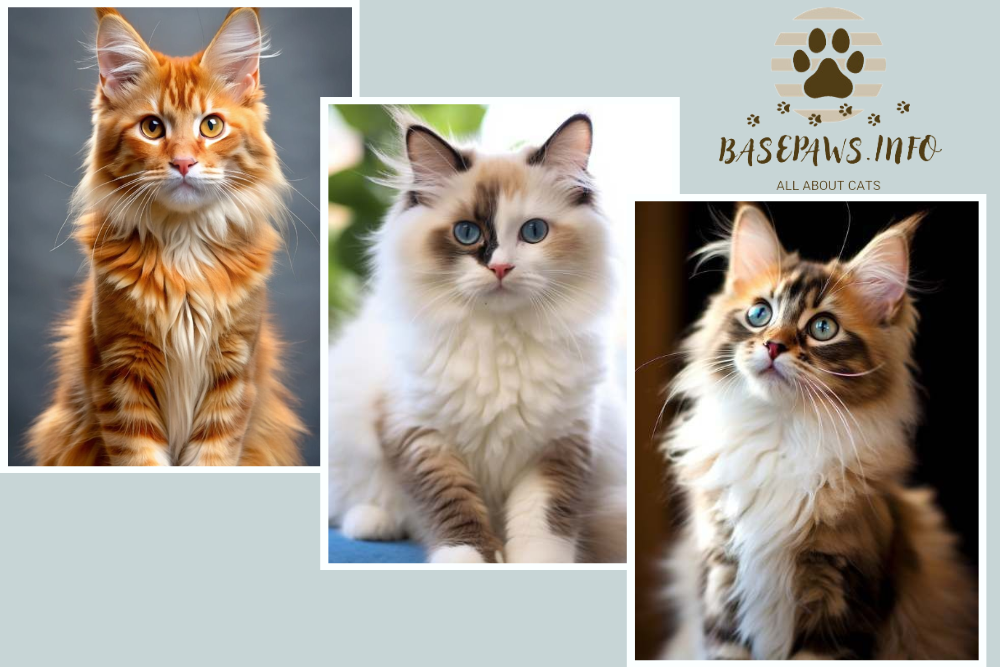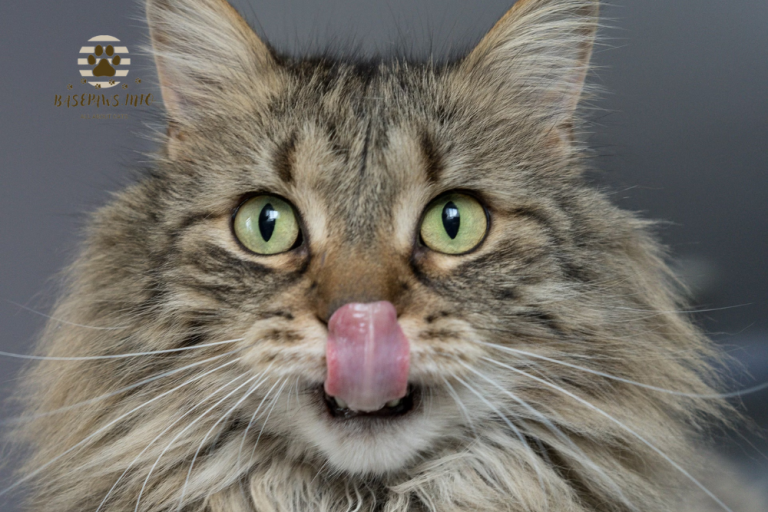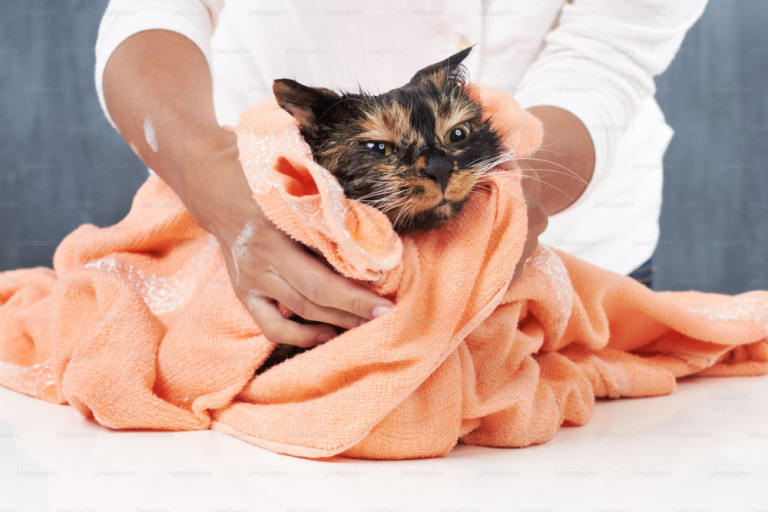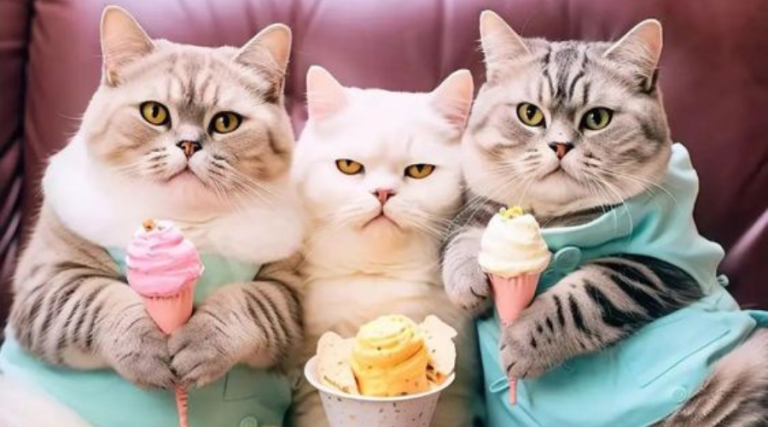Why Are Cats So Fluffy? A Guide to Making Your Cat’s Fur Soft and Shiny
Are you wondering why your cat’s fur feels so luxuriously soft yet might be struggling to maintain that quality? Many cat owners wish their furry companions’ coats would stay as silky as the day they first brought them home. Soft fur isn’t just pleasant to touch; it’s a sign of good health and proper care. If you’ve noticed your cat’s fur losing its shine or smoothness, this guide is here to help.
Understanding Why Are Cats So Fluffy can offer insights into maintaining it. From genetics to grooming and nutrition, several factors influence fur texture. By knowing how each element works together, you’ll be better equipped to give your cat the soft, healthy coat it deserves.
This article explores the secrets behind a cat’s soft fur, from their unique fur structure to essential grooming practices and diet. Whether you’re simply curious or looking for ways to help your cat’s coat, here’s a complete guide to unlocking the secrets of softness in feline fur.
The Science of Softness: Understanding Fur Structure
A cat’s fur is structured in three primary layers, each serving a purpose:
- Guard Hair: This outermost layer provides protection against moisture and dirt.
- Awn Hair: Located beneath the guard hair, this layer adds volume and contributes to the coat’s softness.
- Undercoat: The innermost, velvety layer that offers warmth and is responsible for the fluffy feel of a cat’s coat.
Together, these layers not only provide softness but also serve to protect the cat’s skin from environmental factors, making it a critical aspect of their overall health.
The Genetic Basis of Soft Fur
Not all cats are equally soft, and much of that difference comes down to genetics. Certain breeds, like the Persian and Ragdoll, are known for naturally softer fur. Genetics also play a role in coat thickness and hair length, which influence the overall feel and look of a cat’s fur.
Fun Fact: A cat’s fur type is inherited from its ancestors, meaning your cat’s plush coat could be a family trait.
How to Make Your Cat’s Fur Shiny and Soft
To help your cat’s fur stay soft and fluffy, follow these steps:
1. Optimize Nutrition: High Protein and Omega Fatty Acids
A balanced diet is foundational for a fluffy, healthy coat. Protein builds strong fur, while omega-3 and omega-6 fatty acids add shine and reduce dryness. Here are some dietary tips:
- Protein-Rich Foods: Quality proteins like chicken, turkey, and fish strengthen the fur.
- Omega-3 & Omega-6 Fatty Acids: Fish oil and plant oils help keep the coat hydrated and shiny.
- Essential Vitamins: Vitamins E and B-complex promote skin health and improve coat texture.
Dietary Tip: Try adding a small, vet-approved dose of fish oil to your cat’s meals for extra softness over time.
2. Regular Grooming: Essential for Fluffy, Soft Fur
While cats groom themselves, assisting them can greatly enhance their fur’s softness and shine. Here are grooming tips to keep that fluffiness intact:
- Daily Brushing: This helps spread natural oils, reduces matting, and keeps fur shiny.
- Grooming Tools: Use the right tool for your cat’s coat type. Long-haired cats may need a wide-toothed comb, while short-haired cats do well with a fine-toothed brush.
Pro Tip: Use a slicker brush to detangle and a de-shedding tool to maintain volume without matting.
Common Grooming Tools for Fluffy Coats
- Using the right grooming tools makes all the difference. Here’s a quick guide:
| Tool | Purpose |
| Slicker Brush | Removes loose fur and mats |
| De-shedding Tool | Reduces shedding volume |
| Wide-Toothed Comb | Ideal for long-haired cats |
| Fine-Toothed Comb | Helps with short-haired coats |
- These tools not only help maintain your cat’s fluffiness but also make grooming an enjoyable bonding activity.
3. Create a Relaxed, Stress-Free Environment
A calm environment helps cats feel comfortable and encourages natural grooming. Cats tend to groom more when they’re relaxed, which keeps their fur soft and fluffy.
- Provide a Comfortable Space: A cozy, quiet area can encourage grooming habits.
- Interactive Play: Engaging in stress-relieving playtime improves well-being and, in turn, fur quality.
Did You Know? Cats that feel safe tend to maintain softer, fluffier coats due to regular grooming behaviors.
The Role of Nutrition in Maintaining Soft, Healthy Fur
A cat’s diet directly impacts the quality of its fur. Protein, omega-3 fatty acids, and vitamins like E and B-complex are vital for maintaining a shiny, soft coat.
Key Nutrients for Soft Fur:
| Nutrient | Benefits |
| Protein | Builds hair strength and thickness |
| Omega-3 | Enhances shine and moisture |
| Vitamins | Promotes skin health and coat texture |
Dietary Tips:
- Include high-quality wet food with balanced nutrients. Wet food typically has higher moisture content, which helps with hydration, impacting fur softness.
- Add a small dose of fish oil to your cat’s meals. Fish oil can boost omega-3 levels, helping your cat’s fur stay soft and shiny over time. Check with your vet for the appropriate dosage based on your cat’s weight and dietary needs.
While each cat has unique fur characteristics, factors like diet, grooming, and genetics play vital roles in maintaining softness. Embrace your cat’s natural fur type and provide the best care for a soft, healthy coat.
Environmental Factors Why Are Cats So Fluffy
A cat’s fur quality can be influenced by its environment. For example, indoor cats tend to have softer fur than outdoor cats due to reduced exposure to elements like dirt and wind.
- Temperature: Warmer environments can reduce the coat’s density.
- Living Conditions: Clean, stress-free living spaces contribute to healthier, softer fur.
Why Are Some Cats Softer Than Others?
Softness can vary between different types of cats:
- Feral Cats vs. House Cats: Indoor cats typically have softer fur due to their protected lifestyle.
- Cats vs. Dogs: Cats generally have finer fur than dogs, making them feel softer.
- Mood and Fur Softness: Cats tend to groom more when content, which keeps their fur in better condition.
When to Worry: Health Conditions Affecting Fur Quality
Certain health conditions can affect a cat’s fur texture. Common issues include:
- Allergies: Can lead to skin dryness and poor coat quality.
- Hormonal Imbalances: Conditions like hyperthyroidism may cause brittle or greasy fur.
If you notice sudden changes in your cat’s coat, it’s wise to consult a veterinarian.
In conclusion, a cat’s fur softness is a blend of genetics, care, and lifestyle. With the right attention, you can help maintain or even enhance your cat’s luxurious fur—making it a joy to pet and a sign of their health.
FAQ Section: Common Questions About Fluffy Cat Fur
Why are cats so fluffy?
Cats have a multi-layered fur structure, with a soft undercoat that gives them a fluffy appearance. Genetics and proper grooming habits contribute to maintaining that fluffiness.
Can I bathe my cat to improve fur softness?
Generally, cats don’t need frequent baths, and brushing is often enough to keep their fur soft. If your vet recommends it, use a mild, cat-safe shampoo.
What foods should I avoid for my cat’s coat health?
Avoid processed foods or those high in fillers, which don’t offer the necessary nutrients for a healthy coat. Stick with high-quality cat food rich in proteins and essential fatty acids.







